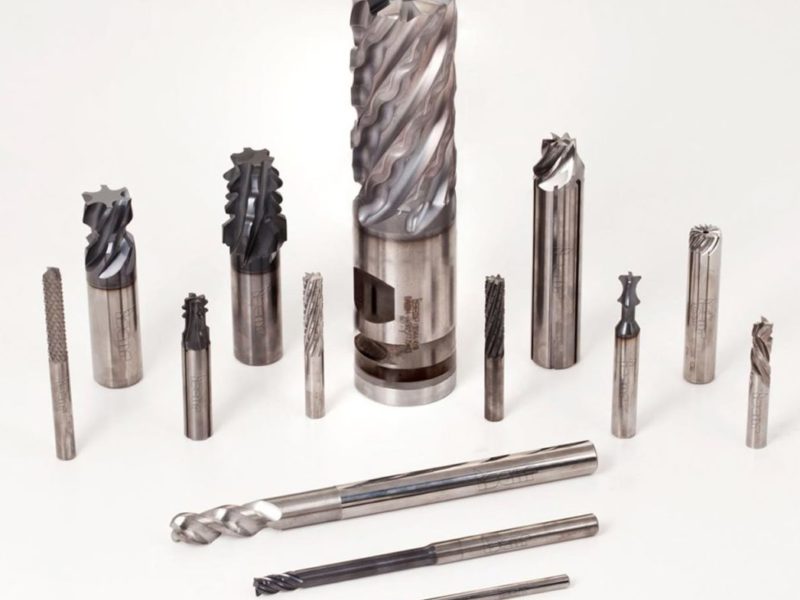
The milling tools are rotating elements, for machining different types of materials. They are the main tool used with machines called milling machines.
Normally, they are manufactured in high speed steel; but due to the high economic cost of this material, when larger milling tools are made, they are manufactured in two parts: with a structural steel shank and a high speed steel cutting part (blades or teeth), or with widia (tungsten carbun tungsten) for the cutting inserts.
The function of the cutting parts is to progressively extract the material from the work piece by transforming it into a finished piece, with the desired shape and size.
There are many types of strawberries, and their classification serves different factors:
By milling method
For face milling: The fixing of the center of the milling cutter determines the angle of incidence of the cutting edge.
For peripheral milling: The cutting plane is parallel to the axis of rotation of the tool. The cut length exceeds the depth of the cut. It can be classified based on the direction of cut and advance in:
- Down (climb) milling: The movement of cut and advance have the same direction.
- Up (conventional) milling: The movement of cut and advance is opposed.
By type of Manufacturing
Solid Mills ( made of a single material).
Replaceable teeth mills.
By the shape of the grooves between the teeth
Straight groove mills.
Helical groove mills.
By the cutting direction
Cutting mills on the right.
Cutting mills on the left.
By the type of fixing on the milling machine
Face end mills.
Shank mills.

Recent Comments